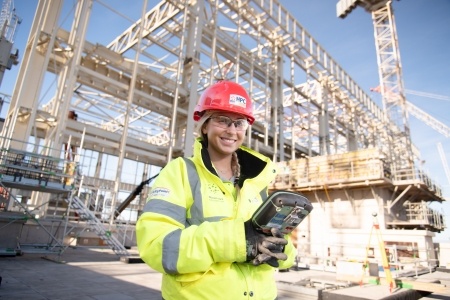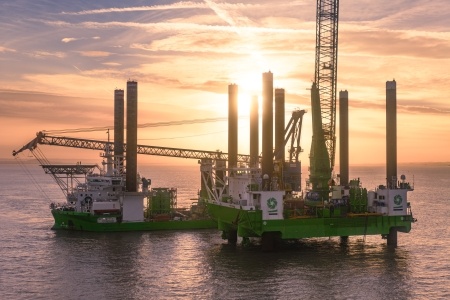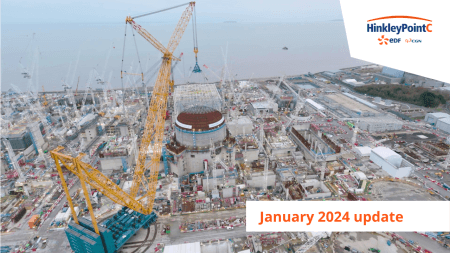
Blog: Helping the UK achieve its carbon reduction targets
1. The pressing need for low carbon generation
The UK urgently requires new investment in energy infrastructure to replace old and polluting sources of electricity generation. This need is set against the legally binding emissions reduction target of 80% by 2050 vs. output levels in 1990, so as much of this new generation capacity as possible needs to be low carbon.
2. New nuclear’s low carbon credentials
Nuclear power is the cheapest and most reliable way of securing ‘always on’ baseload electricity generating capacity from a low-carbon source. Generating the same essential baseload power with equivalent gas-fired generation would release around nine million tonnes of carbon dioxide emissions per year.
3. Underpinning renewable generation
A future energy mix with a significant nuclear component (30-40%), alongside gas and renewables, will help deliver a secure low-carbon energy system at an affordable price, with flexibility to incorporate future technologies.
Intermittent low carbon energy sources like wind and solar have an important role to play within the generation mix but a stable and effective low-carbon electricity system depends on a reliable base. Nuclear provides this.
4. How decarbonising electricity helps the UK in the long term
The Committee on Climate Change has said that “Power can be used as a route to decarbonisation in other sectors (buildings, transport and industry)”. This is a vital consideration as Britain seeks to achieve its carbon emissions targets.
The ‘always on’ low carbon electricity generated by Hinkley Point C has the double benefit of being a low-carbon generation source in itself, while also helping broader decarbonisation efforts by directly powering transport and heating around the UK.
5. Managing the climate contribution of our existing nuclear fleet
We are contributing to the UK’s carbon reduction targets by carefully managing the nuclear stations we acquired at the end of 2008. We have improved the output of our nuclear fleet, as well as achieving additional life extensions with the benefit of EDF Group’s expertise and ongoing investments.
Overall, the improvements we have made to our nuclear power stations will lead to additional savings of over 100 million tonnes of carbon dioxide over their lives. This is equivalent to 5% of the UK’s entire fourth carbon budget – a vital phase in the plan to achieve the 2050 emissions target.
Related articles

New Skills, Better Jobs: Report Reveals the Positive Impact of Hinkley Point C

Tunnels ready for connection to Bristol Channel
